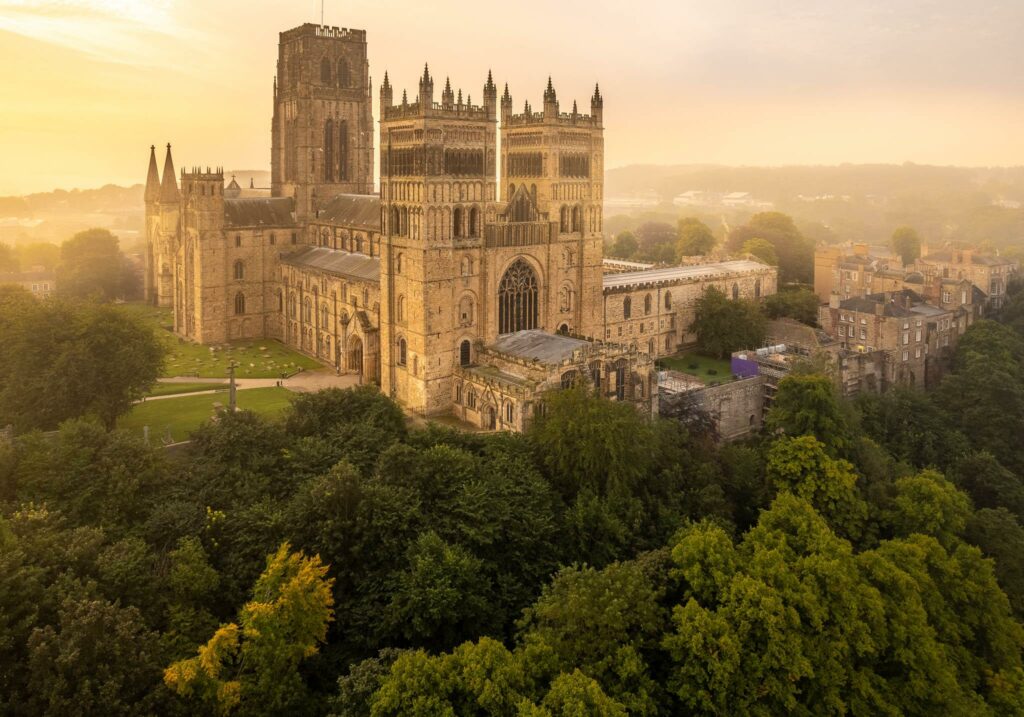Those of us inhabiting the temperate regions of the Northern hemisphere are slowly slipping through autumn into the clutches of a grey cold winter. It’s often a time when cameras are stowed at the back of cupboards, to gather dust until spring’s soft light pops its head around the door. It is a time when we neglect the taking of pictures and indulge more in the editing of them. The often low, dark, grey cloud is a psychological barrier to our creativity.
The thing is though, it is psychological, we are happiest in good light and clear skies. However, if you are prepared to push past that mental barrier of avoiding grey days, you will be rewarded with some beautiful, subtle colors that are wonderfully enhanced by the gunmetal shades of the sky. Today we are going to look at why grey clouds are great for color photos.
The Beauty Of Colour Contrast
Colour contrast is one of the founding members of the composition club. Yellows with blues, reds, greens, primaries with secondaries, bolds, and pastels. They are all combinations that give us great images. But rarely mentioned is how grey works well with bold and even subtle colors. The beauty of grey is that it’s neutral. It works with more or less any color on the spectrum.
Some examples of this might be getting down low are shooting a brightly colored flower against a deep grey sky. You may need to provide some fill lighting to the foreground, to punch those colors out, but what you get is a striking and beautiful contrast.
Any bold color will stand out beautifully against a grey sky as can be seen in the image below. The gold domes of this Ukrainian monastery looking striking against the slate grey sky.
Next time you look out of the window at a dark overcast day, just think color contrast.
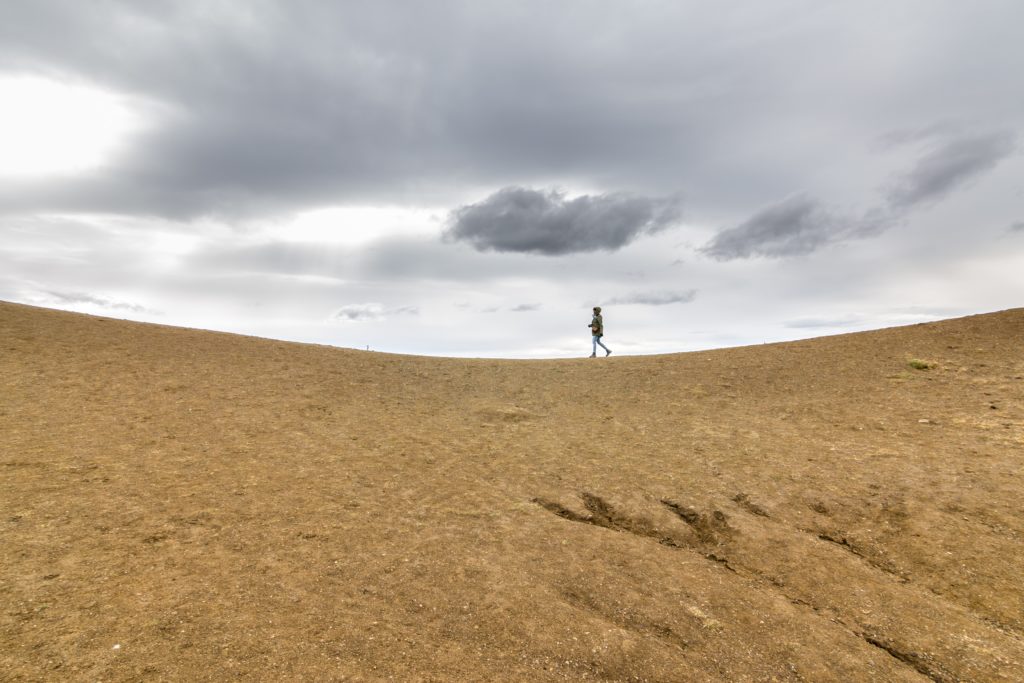
The Beauty of Diffused Light
When the sun is out, we get direct light, casting shadows over the entire scene. The closer we are to midday, the more pronounced those shadows are. However, when we have a grey, overcast day, we don’t get those shadows. What we get, is a soft diffused light. Anyone that has ever shot in a studio will know how attractive a diffused light can look.
When we apply that diffused light to color outside, we get to see much more graduation in that color, more depth, and vibrancy to it.
Classic examples of this are shots, of autumn foliage. A photo of an autumnal landscape taken in bright sunshine may look vibrant but, because of the huge amount of detail and shadows, you will lose a lot of definition in those colors.
Retake that shot in an overcast sky and you will immediately see a difference. The soft, diffused, omnidirectional light drastically increases the number of shades of color that can be seen. The subtle shades of orange, reds, and yellows will be much better defined and much more striking.
The same will be true of any scene that exhibits complex color patterns, grey, diffused light will dramatically enhance the shot.
That diffused, neutral light is also ideal for portraiture, pulling up the subtle color shades in the skin and enhancing the color of the eyes. Again you might need to add a fraction of fill light to truly bring out this subtlety, but it will be well worth it.
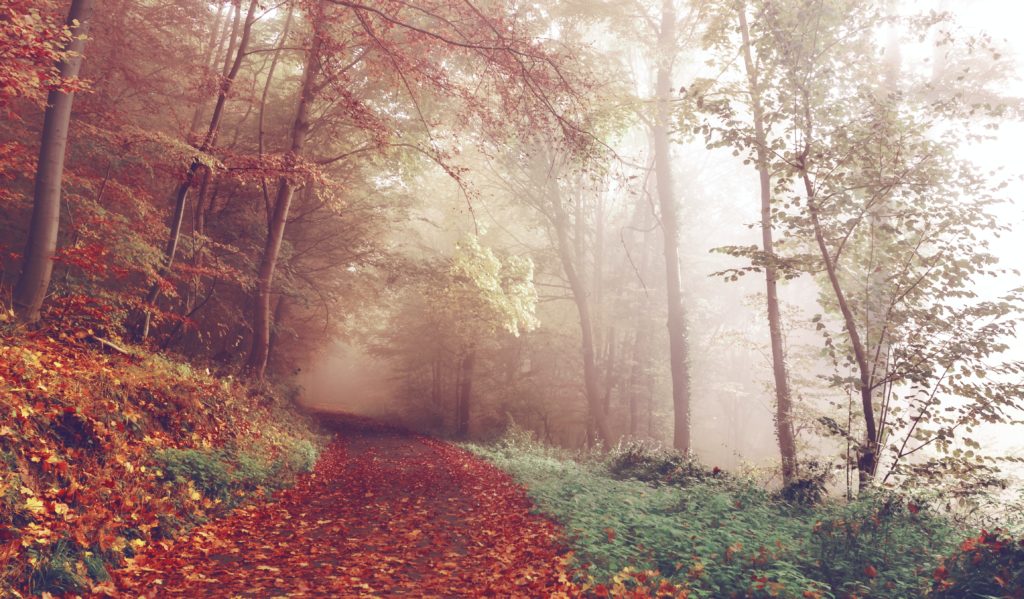
Grey Skies Create Drama
Whilst a flat overcast sky will not do much for a landscape shot, a sky full of different shades of grey can create very dramatic shots. The trick is, getting the exposure correct. You need that dark dramatic sky to be well exposed, to punch out. The problem is, that in that kind of light, you would need to sacrifice the foreground, and that’s the area that is full of color.
There are a couple of ways you can do that. The first would be to shoot an exposure bracket and merge the images in post-production. This would allow you to pull up the darker, foreground areas and also give you greater leeway to saturate the foreground colors. The second way would be to use a graduated neutral density filter to hold back the sky.
When shooting a landscape under grey skies, the very best shots are often the most subtle in terms of color. You are looking for pastel shades of yellows, browns, and greens. Under that grey diffused light they will look soft, and inviting, a juxtaposition to the stormy looking sky.
There can also be great drama at the beginning or end of a grey day. Often the grey clouds will not extend entirely to the horizon, leaving a small gap when the sun can shine through. This color contrast of the deep orange/reds of sunset with the gunmetal sky can be truly dramatic. Even more so when you god rays as well.
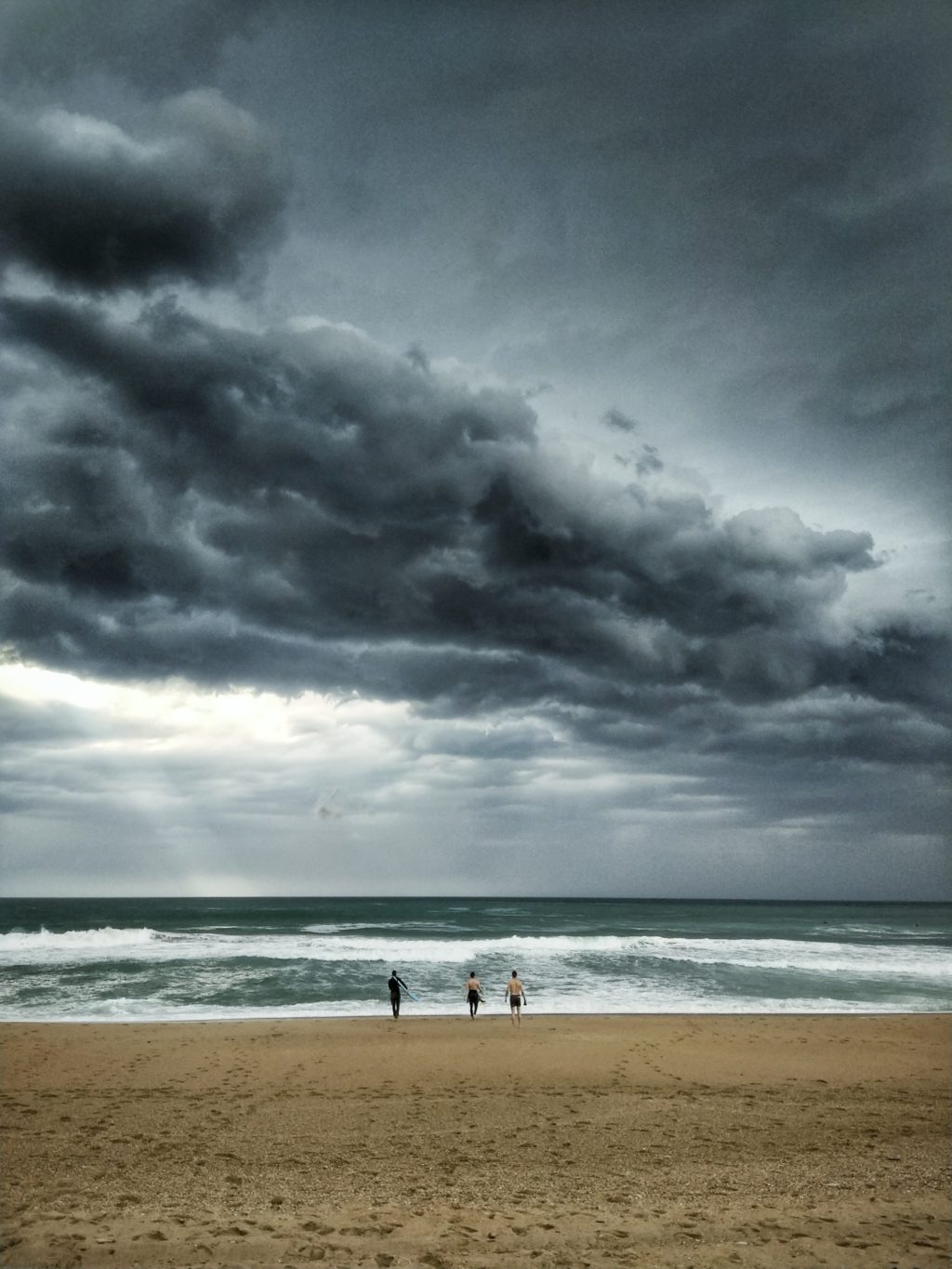
Creating Mood
Grey skies are not always about color contrast and drama. When you have low, uniform grey, the light becomes very blue. If your camera is set to auto white balance, it will to a certain extent neutralize that blueness. However, if you set your white balance to one of the warmer settings such as tungsten, you will enhance the blueness of your shot. This can make for very moody shots.
This moody blueness works particularly well if you have some sort of artificial light in the shot. The image below was shot in Bruges on a dull, very overcast morning. The streetlights were still on and the yellow glow of street light provides a jarring juxtaposition to the blue stillness of the scene. Don’t forget if you shoot RAW you can set your color balance in post, making it easier to get the moody look.
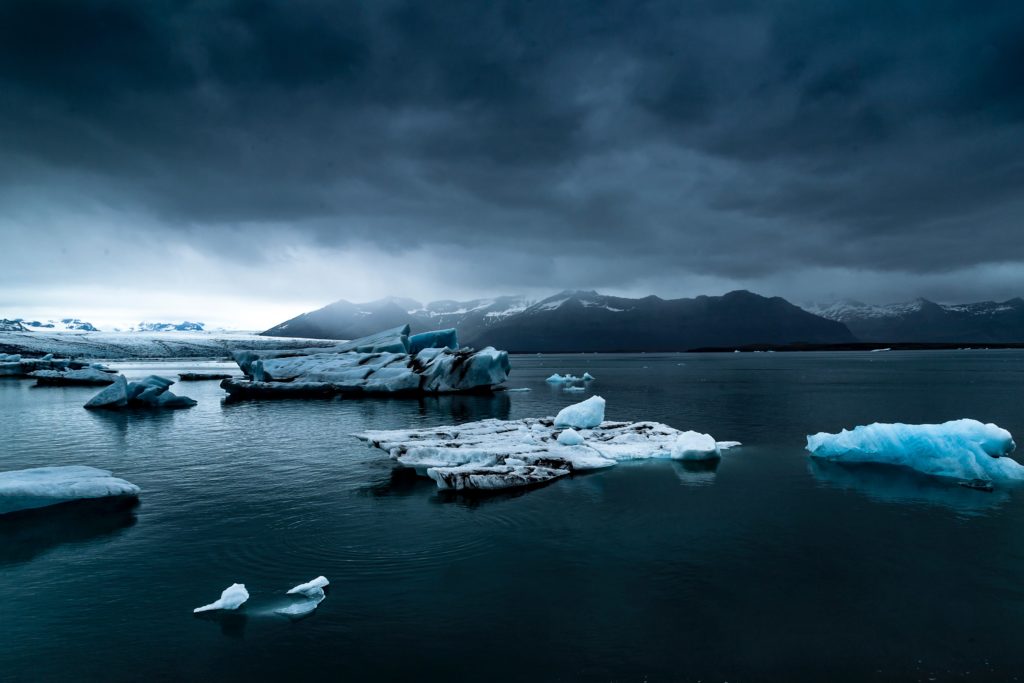
Overcast, grey skies can seriously dampen our mood and our creativity. However, if we learn to embrace them, work with them rather than see them as a negative, we can create some stunning shots.

